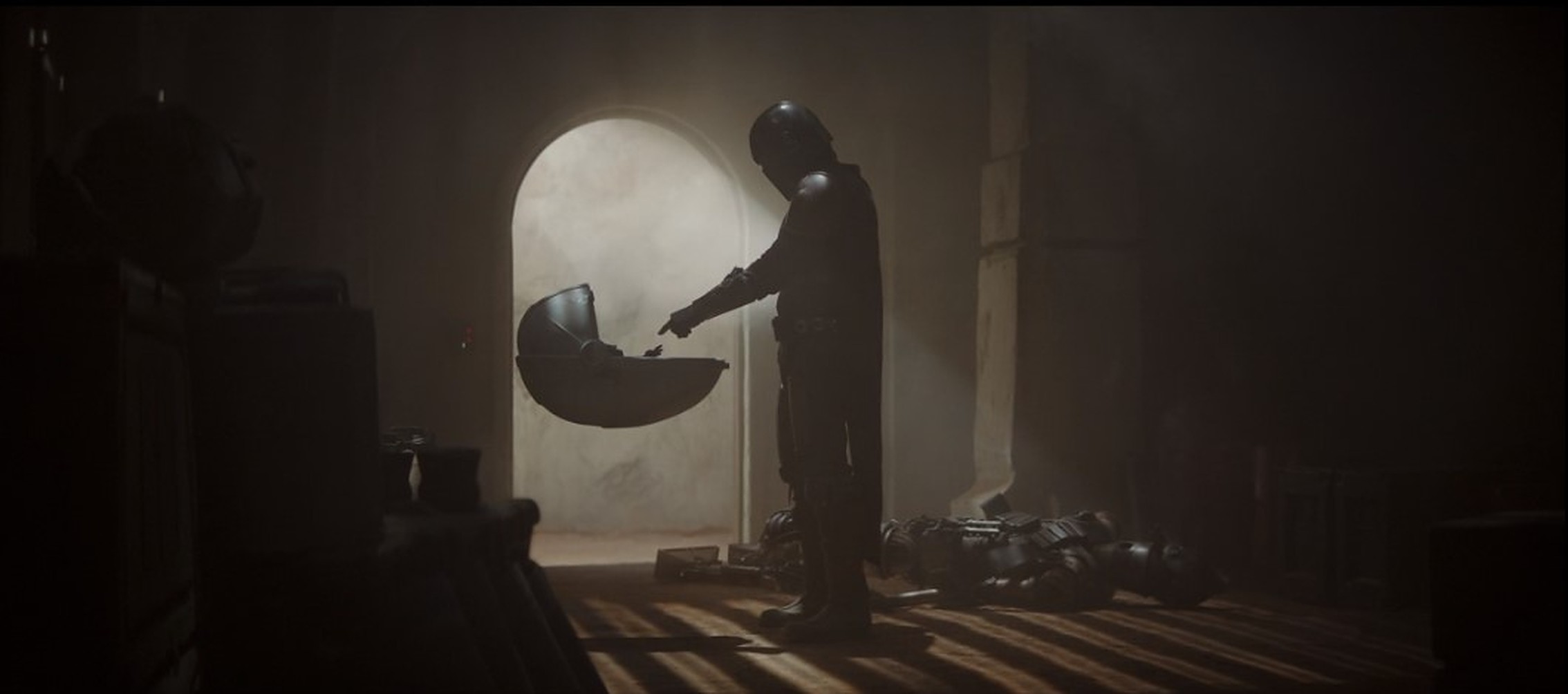Table of Contents Show
Star Wars is one of the world’s largest franchises and fictional universes. What began as a single film evolved into a movie saga, video games, and even an amusement park. A New Hope solidified its place within pop culture decades ago, combining both a fun story and impressive visuals. Since then, several installments within the Star Wars universe have released, but many fans claim nothing has yet to beat the original trilogy.
With The Rise of Skywalker concluding the Skywalker Saga in 2019, audiences were left wowed by the intense spectacle but disappointed by the weak story. The sequel trilogy had ended up making the same mistake that the prequels did by squeezing in as many characters, planets, and plot lines as possible. The two trilogies were certainly a testament to the Star Wars universe’s size, but their lack of focus was ultimately the source of their demise. With such large repeated failures being made in recent years, is there anything that could ever live up to the original trilogy’s greatness? The answer is yes, but it won’t be done in a movie.
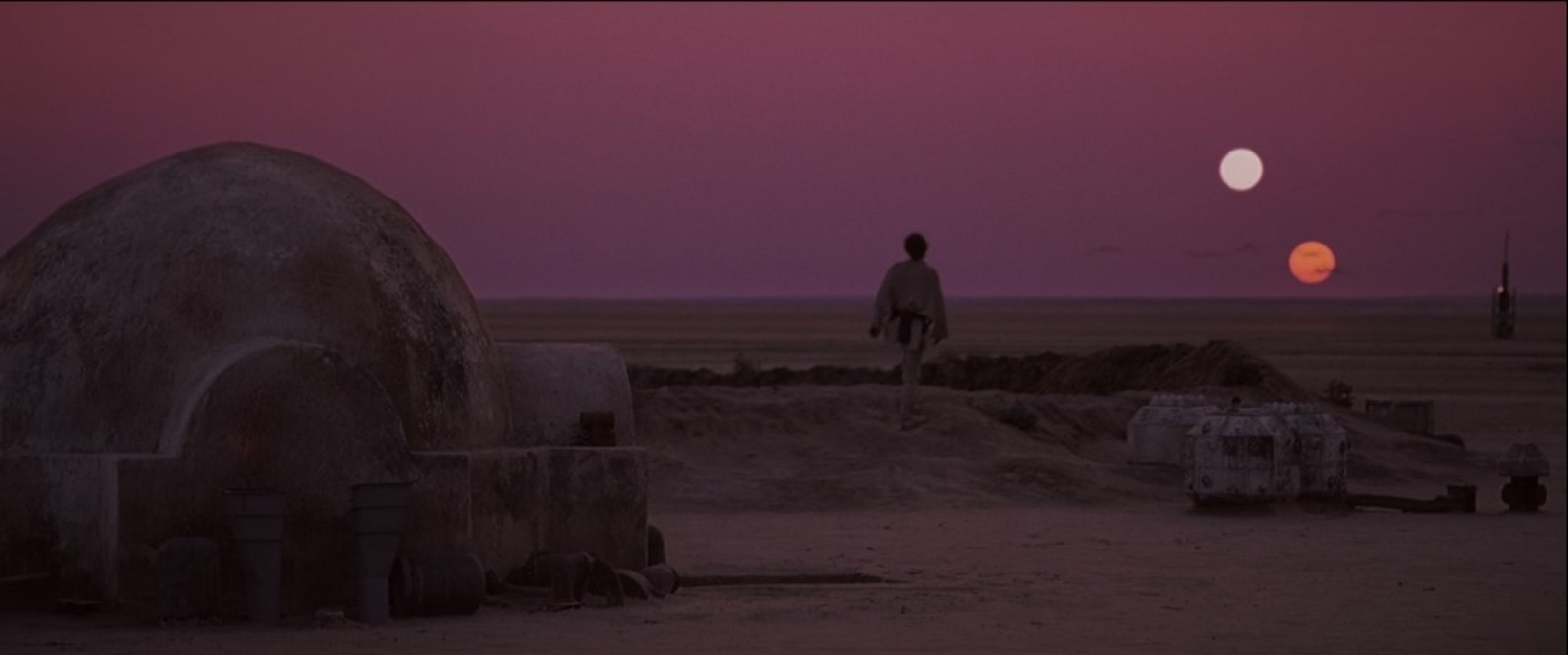
Where movies have limited space for fleshed-out characters and themes, television has a much higher content threshold. A series is made up of seasons, a season is made up of episodes, and episodes are made up of scenes. In other words, there are countless opportunities to explore the many concepts within Star Wars. Since the franchise has such an expansive universe, the amount of space available for one of its stories can make or break the piece. With too little space, the story becomes unfocused and shallow. However, shows like The Mandalorian and Star Wars: The Clone Wars prove that stories that rival the original trilogy can unfold with enough time.
Television: The Best Format For Modern Star Wars
Compared to the later additions to the Skywalker Saga, there wasn’t too much happening in the original trilogy. The movies mainly focused on Luke as he made friends, had space battles, and became a hero. There were subplots, but none of them took up as much screen time as the ones in the later trilogies did. A New Hope‘s success did come from the unique universe Lucas had crafted, but it also came from the way he utilized its format.
Using the limited run time and the audial and visual advantages of cinema, he created a focused and engaging spectacle for audiences to enjoy. But for whatever reason, this strategy wasn’t carried over to the later trilogies. Despite being too large to be told in film, the film industry must be taken into consideration when discussing the prequels. Films have historically earned more money and attention than television shows, so it’s no wonder The Phantom Menace was presented as a movie back in the 90s.
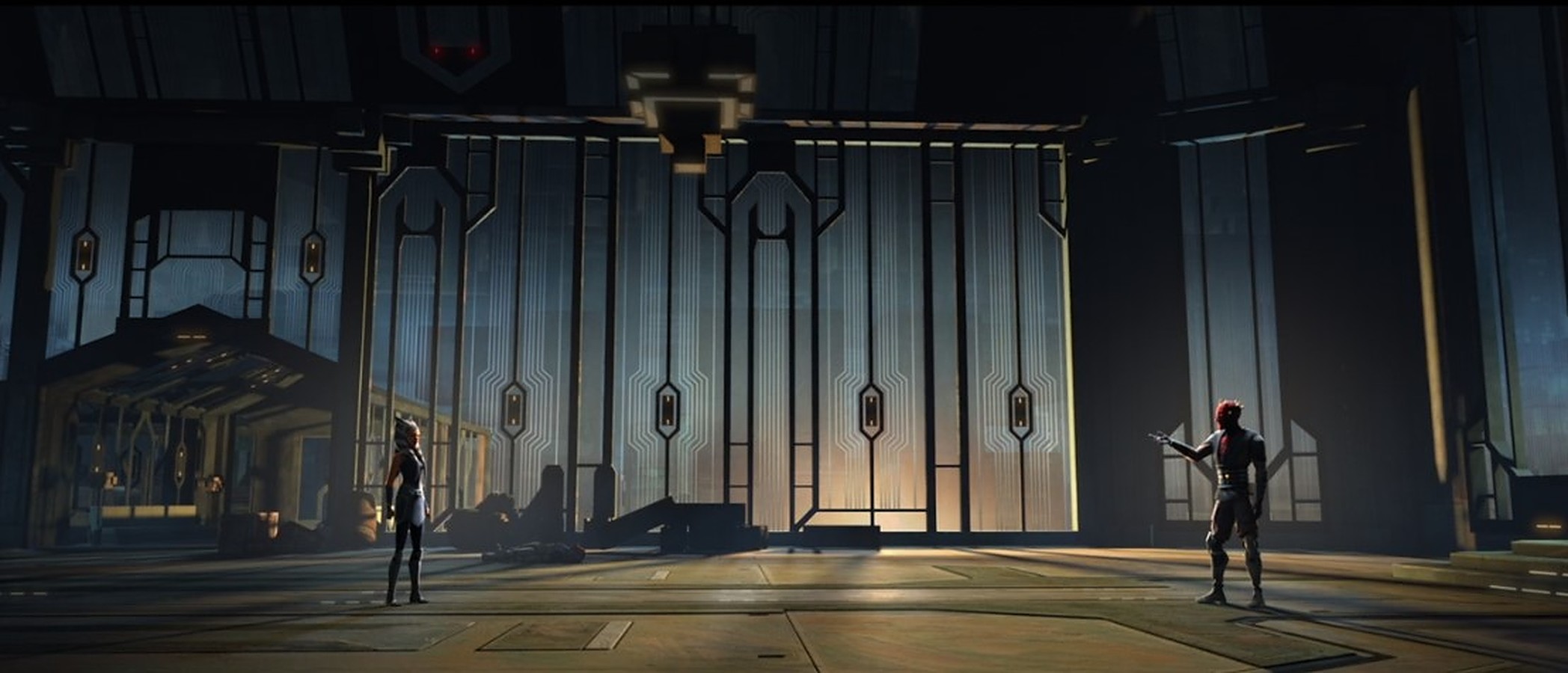
However, in this golden age of television where streaming has allowed for increased budgets and availability with shows, that is no longer an excuse. Television offers the same immersive experience as film with its audio and visuals but is also structured in a way that supports a deep exploration of ideas and the use of complex plot lines. Television has a lot of flexibility when it comes to structuring.
Films tend to focus on only a handful of themes and characters, ultimately digging into fewer ideas but going deep when they do. This is the route the original trilogy took, but The Mandalorian shows that it can be done on television as well. With the character and goal of Mando being the only consistent focus, the show takes its sweet time exploring his way of life over the course of the first season. But for stories as ambitious as the prequel trilogy’s, long series like Star Wars: The Clone Wars prove that those are able to be effectively told as well.
The Mandalorian
In November of 2019, the first live-action Star Wars show premiered on Disney+. Mainly following a Mandalorian bounty hunter and infant force-user, The Mandalorian details how Mando comes to take on a father role for the baby. He hops around the galaxy in an attempt to keep The Child (yep, Baby Yoda has an official name) from falling into the remnants of the Empire, making several enemies and allies along the way. The show possesses many qualities similar to the original trilogy but takes its exploration level a step further.
Less Is More
Mando is an actions-speak-louder-than-words kind of guy, but his character isn’t the only thing that takes that approach. With only a handful of recurring characters and planets, The Mandalorian is more concerned with expanding on what content it already has than adding more in. The Mandalore race has actually been explored before in the cartoons Star Wars: The Clone Wars and Star Wars: Rebels, but The Mandalorian is the closest the franchise has ever followed a member of the race on screen. Family and strength are both core values to the Mandalorians, and these, in turn, are essential to Mando’s character.
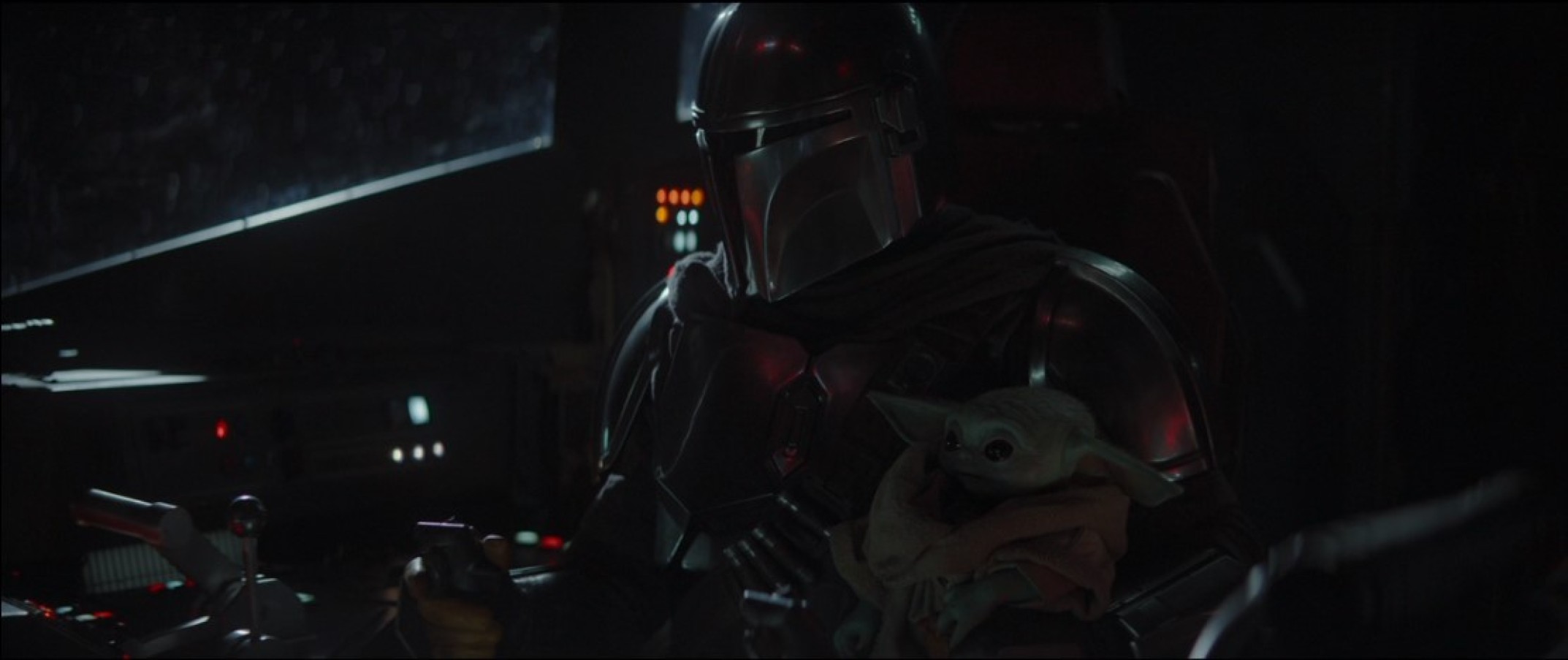
Using just those ideas of family and strength, The Mandalorian is able to create characters and storylines that illustrate these ideas in different ways. Every part of Mando’s adventure around the galaxy is guided by these values, whether he is going into hiding to protect The Child or teaching a wannabe bounty hunter what real strength looks like. Similarly, his character development follows suit as he tries to figure out how to balance strength with care for the sake of acting as The Child’s surrogate parent.
For Star Wars, there is a surprising lack of characters and locations in The Mandalorian. The modern era of this franchise has been marked by large blockbuster productions that show off as much of the universe as they possibly can. But The Mandalorian is more scaled-back, only focusing on characters that add to both the plot and Mando’s character. Kuiil, for instance, was a formal Imperial slave who took some time to mentor Mando and offers him sage advice, playing into that parental idea carried throughout the show.
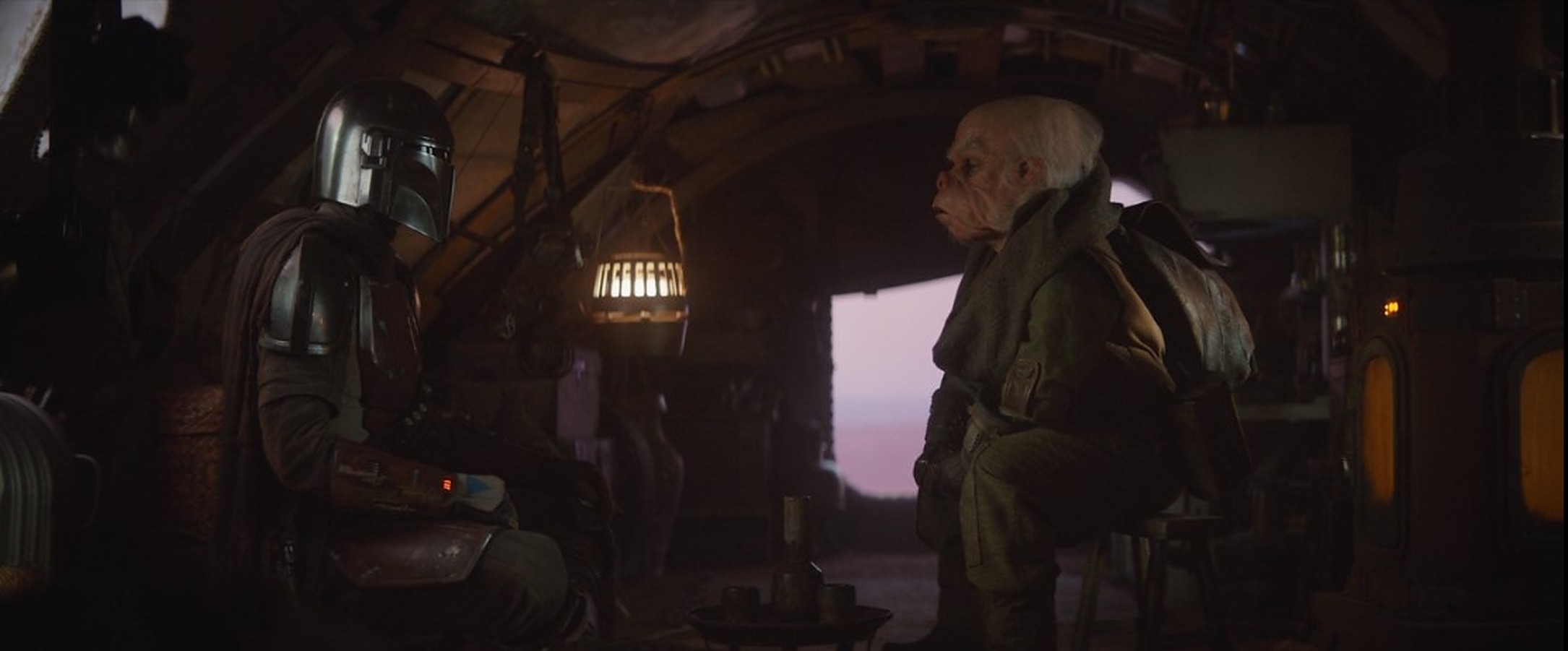
Despite existing in such a large universe, The Mandalorian proves that small-scale stories can succeed in Star Wars while still maintaining the exciting action the franchise is known for. The more minimalistic approach to the show is reminiscent of the original trilogy’s style; it knows when to slow down and delve into its less-flashy aspects. With only a few core ideas the show wants to explore, it has a cohesive feeling carried through each episode, making for a much more engaging viewing experience.
Star Wars: The Clone Wars
While still being a television show, Star Wars: The Clone Wars is an entirely different beast from The Mandalorian. The anthology series totals 133 episodes across 7 seasons, the final episodes releasing in 2020 after the show had been canceled for 8 years. The Clone Wars occurs during the three-year gap between Attack of the Clones and Revenge of the Sith, detailing the events of the all-important war the prequels always talked about but barely showed. This series explored the Star Wars universe as it had never been done before, bringing together new and old characters, planets, and concepts into one massive show.
Variety
The Clone Wars is an anthology series, meaning the show comprises a collection of different stories. While there were certainly recurring characters and plot lines, the only thing each episode had in common was the presence of The Clone Wars, a battle between the Galactic Republic and Trade Confederacy. Or, in more Star Wars-y terms, the Jedi vs. the Sith. While the prequels mainly focused on the “good” side, The Clone Wars explored this war from several angles and showed no conflict was ever truly black and white.
While several episodes were dedicated to the Jedi, prospective audiences know all too well, the soldiers, politicians, bounty hunters, droids, and Sith got some as well. Traditionally, the trilogies had followed a small band of heroes, with those other roles more often than not being fulfilled by one-dimensional characters. But The Clone Wars finally gave those characters a chance to tell their stories, and they contained just as much drama and tragedy as the Jedi’s.
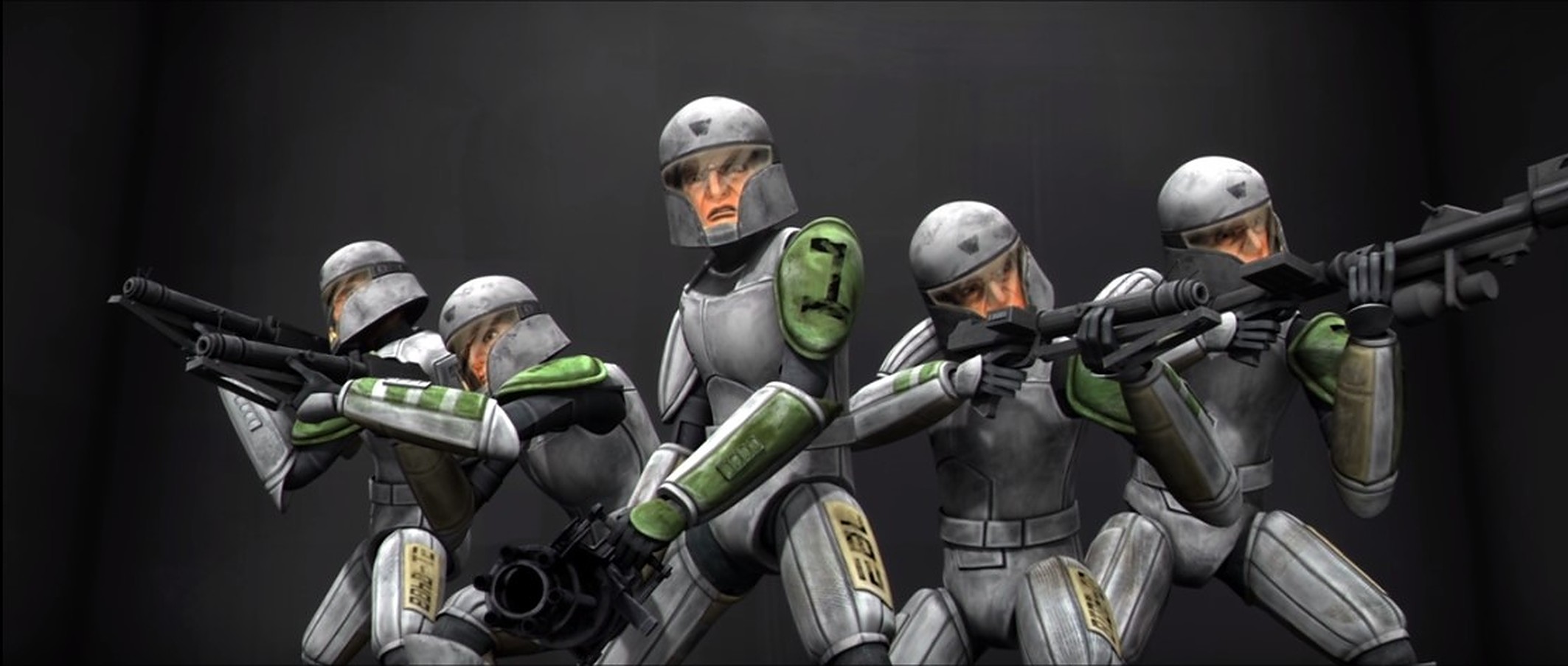
The clones were some of the most beloved characters in Star Wars: The Clone Wars. Without them, there was no war to fight. While clones across several legions got their time to shine, the Domino Squad was a group of soldiers viewers built a close connection with. Despite sharing the same face, each clone had a distinct personality, and the show made it a point to address this as well as the ethics of manufacturing human soldiers. All the way from their rough beginnings in the training facilities to each group member’s eventual demise, viewers got to witness the evolution of the Domino Squad as they continually face new challenges.
Another matter that The Clone Wars dove into was all the nuances surrounding the Force. The trilogies were always presented as a battle between the Jedi and Sith. Each one allowed characters to switch sides, but every force-user was either one or the other. However, new characters like Ahsoka Tano and Asajj Ventress challenged that idea. With Ahsoka being brought up in the ways of the Jedi and Ventress in the ways of the Sith, each apprentice thought they knew their place with the Force. Unfortunately for them, each would eventually be dropped by their respective orders, leading them to form their identities around a previously-unexplored gray area in the Force.
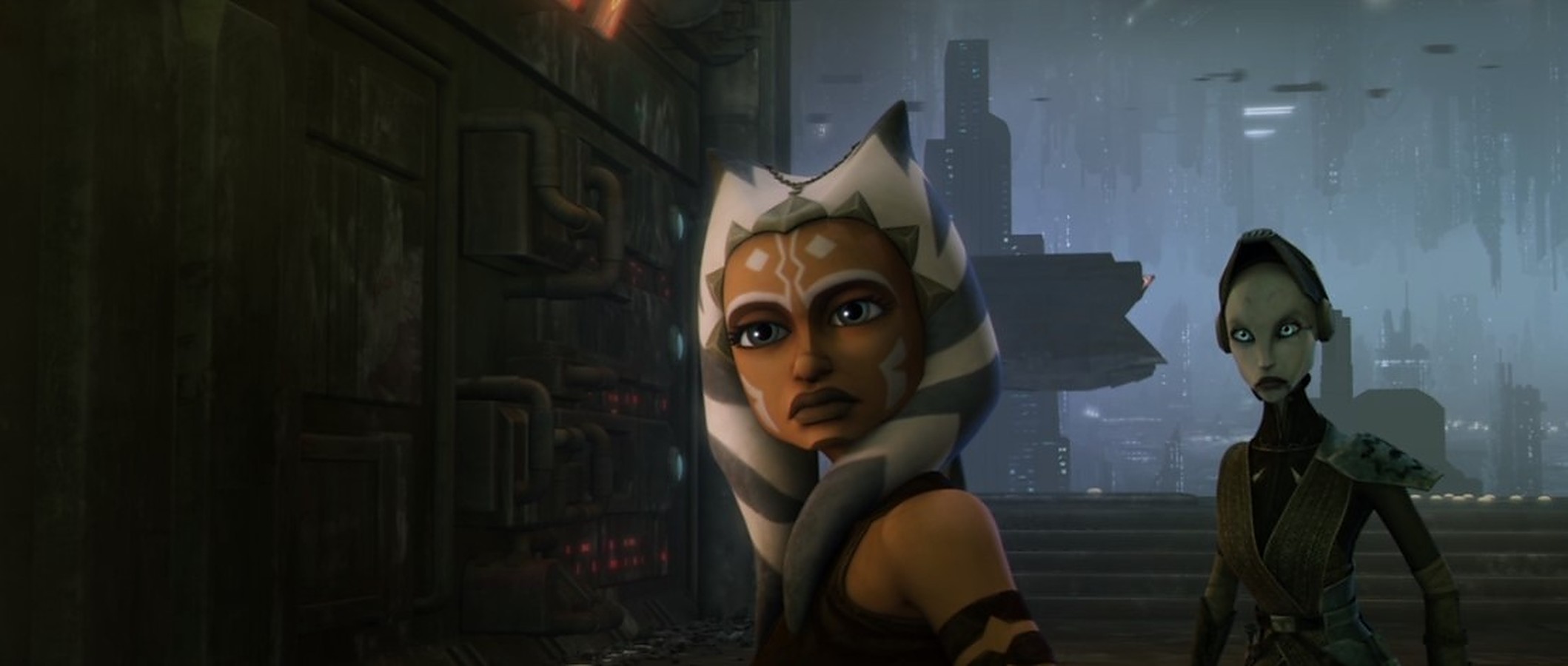
Star Wars: The Clone Wars introduced several new perspectives to the Star Wars universe. From differing ideologies to underappreciated roles, the series took every avenue possible to flesh out the consequences of war. Grand conflicts have always been a focal point of Star Wars, it’s in the title, but no piece of content had ever covered it as thoroughly as this show had.
Doing The Prequels Justice
The prequel trilogy contained the most ambitious films in the Skywalker Saga. Anakin’s tragic turn to the dark side, along with all the complex politics of war, created quite busy films. However, some key moments were bound to be glossed over with so many important beats to hit. One of the most notable weaknesses of the prequels was the character of Anakin. As the prophesized Chosen One, you would expect his character to be as grand as his title, but viewers were instead left with a whiny teenager for a protagonist. Luckily, The Clone Wars managed to salvage his character and create someone who could live up to the “good friend” description Obi-Wan gave him in A New Hope.
In the prequels, Anakin was always placed in a student role. Even in Revenge of the Sith, where he had long-since graduated from being Obi-Wan’s padawan, he was still treated as a child by the Jedi council. The Clone Wars had different ideas for his character, instead of presenting Anakin as a well-respected general and skilled Jedi knight. And with the introduction of his padawan Ahsoka, Anakin finally had an opportunity to be the master, a challenging responsibility that played an integral role in his development.
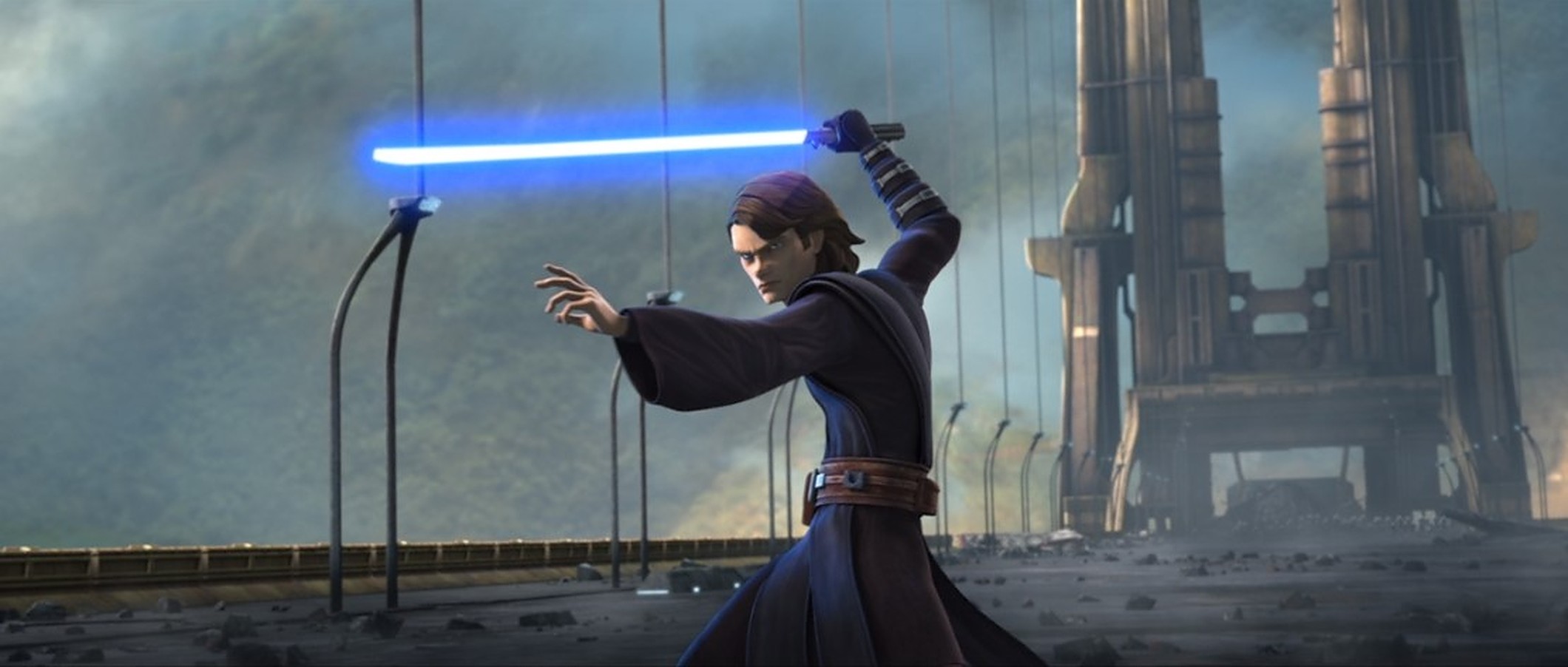
Along with Anakin, other characters had a chance to be fleshed out. Fans finally got to see villains and heroes such as Count Dooku, General Grievous, Plo Koon, and Luminara Unduli play a large part in many key battles of The Clone Wars. On top of that, the era of the Galactic Republic had a place to be showcased. From the Galactic Senate to Coruscant’s Underworld, Star Wars: The Clone Wars showcased a newer and more ambitious era of the Star Wars universe that the prequels merely scratched the surface of.
A New Hope For Star Wars
With 43 years to grow, it’s no wonder that the Star Wars universe is as large as it is today. There are hundreds of different characters, planets, and species, but only so many can be explored at once. The success that is Star Wars began as a movie trilogy that was written specifically for its format. Still, later additions to the universe failed to utilize film in the same way, and their stories suffered for it. Luckily, Star Wars has found a new home in television, the huge success of The Mandalorian and Star Wars: The Clone Wars setting the franchise up for a bright future. Fans now finally have Star Wars content that rivals the greatness of the original trilogy.
